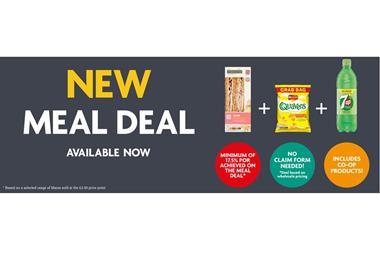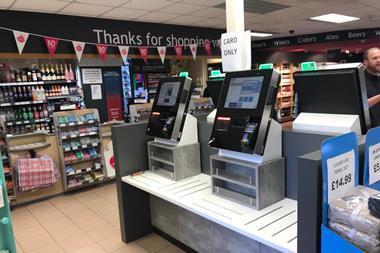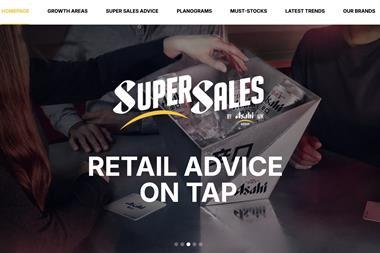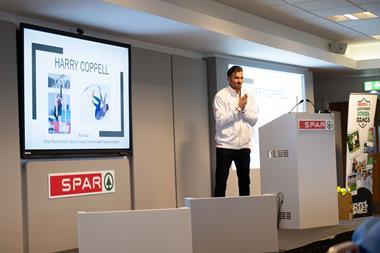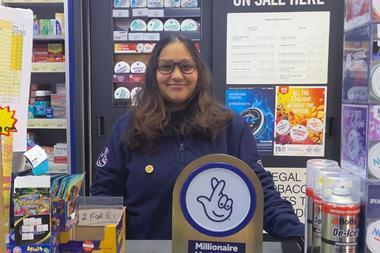Interview: Nisa chief executive Ken Towle
By David Rees2019-09-20T11:17:00

Just over a year on from the Co-op’s acquisition of Nisa, chief exective Ken Towle talks to C-Store about the progress made and developments for the future.
ALREADY HAVE A REGISTERED USER ACCOUNT? PLEASE LOG IN HERE
To read the full story join the ConvenienceStore.co.uk community today!
Registration is quick and easy and provides access to:
- Unlimited ConvenienceStore.co.uk articles
- Our great range of newsletters
- Content you’ve saved for later via the ‘my library’ feature
And much more…
Related articles
More from News
Unlimited Access + Newsletters
Register today to gain unlimited access to articles and to receive our great range of email newsletters.




















